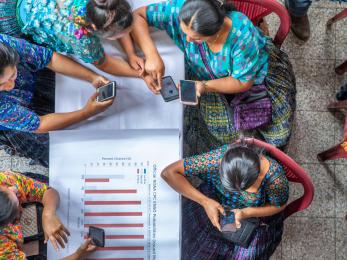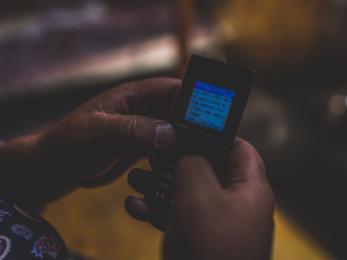Aid-relevant analysis using night light satellite imagery

Humanitarian and development organizations face mounting barriers to assessing needs. Traditional data collection methods are often insufficient in fast-moving and chronically insecure contexts. Local governing actors often view humanitarian and development actors with hostility and suspicion, and increasingly limit field data collection. Traditional assessment methodologies are also expensive, cumbersome, and susceptible to manipulation. While not a panacea, remotely sensed data is one potential solution to access and capacity constraints. Nighttime light emissions have become a broadly accepted proxy for economic and other human activity, especially in places where reliable data is otherwise unavailable. So-called Nighttime Light Reflectance (NLR) data gathered by satellites is not only being used to analyze economic growth, but is also deployed in studies on light pollution, illegal fishing, fires, natural disasters, human settlements (including refugee camps), and energy production, among other topics.
This paper outlines how the NLR can and has been applied to answering questions and filling data gaps by aid actors, highlighting research conducted by Mercy Corps across several countries. The paper is intended to serve as a primer on NLR analysis and as a “menu” of potential NLR applications for aid actors, with the goal of providing a means to continue to make evidence-driven decisions in contexts where data is scarce, variable in quality, or inconsistent in geographic or temporal coverage.


